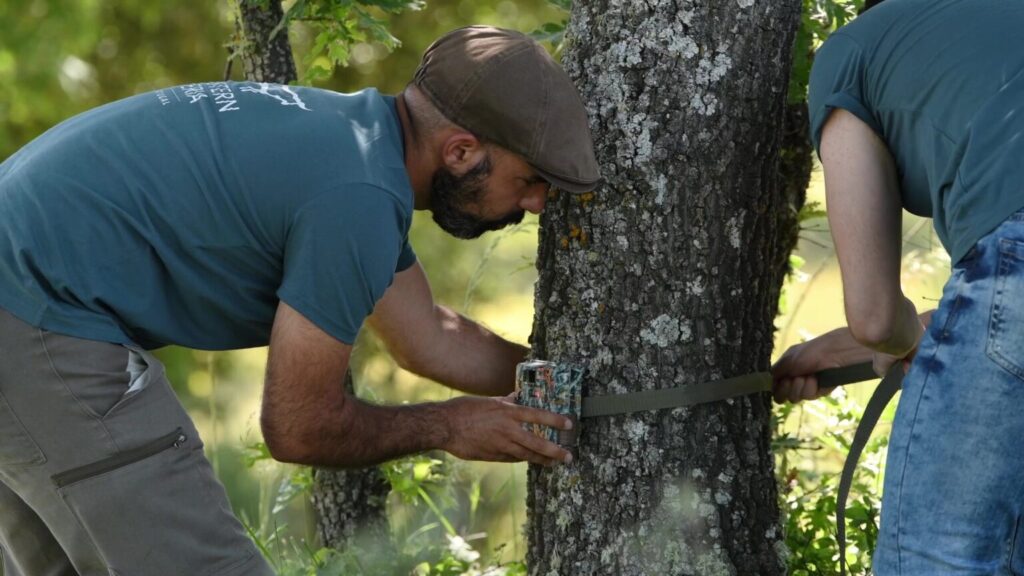HABITATS AND SPECIES
Understanding the habitats and species present on your land should be your first step. This provides important baseline information about the natural processes that are present, and whether there are any interventions that you may need to take.
For example, if your site has woodland next to your arable land, then taking the arable land out of agriculture will almost certainly allow the field to develop into woodland through natural succession. If you have a stream that has been heavily modified, you may want to allow the stream to regain its natural form and naturally meander through your land. Depending on the location and the nature of the proposed restoration works, consent may be required from the relevant government agency. If your site does not have any woodland, and trees are largely absent from the local area, then it is unlikely that woodland will naturally regenerate without intervention.

The presence of wildlife species, past and present, on your land and in the local area, is an important part of the picture. You can start to identify what functional species may be missing, and what wildlife could naturally move onto your land. Many species provide a good indication of natural processes. For example, the presence of woodpeckers usually indicates that the site supports a certain level of standing deadwood.
Some species are very difficult to see during the day, so you may consider purchasing a few camera traps to install and detect more elusive or nocturnal species. If you have never used camera traps, you can find out more about how to do it here or here.
Another great way to find out which species are present in your area (and thus potentially on your land too), is to check out online websites/applications such as iNaturalist and eBird, that collect records from thousands of people of a variety of species.